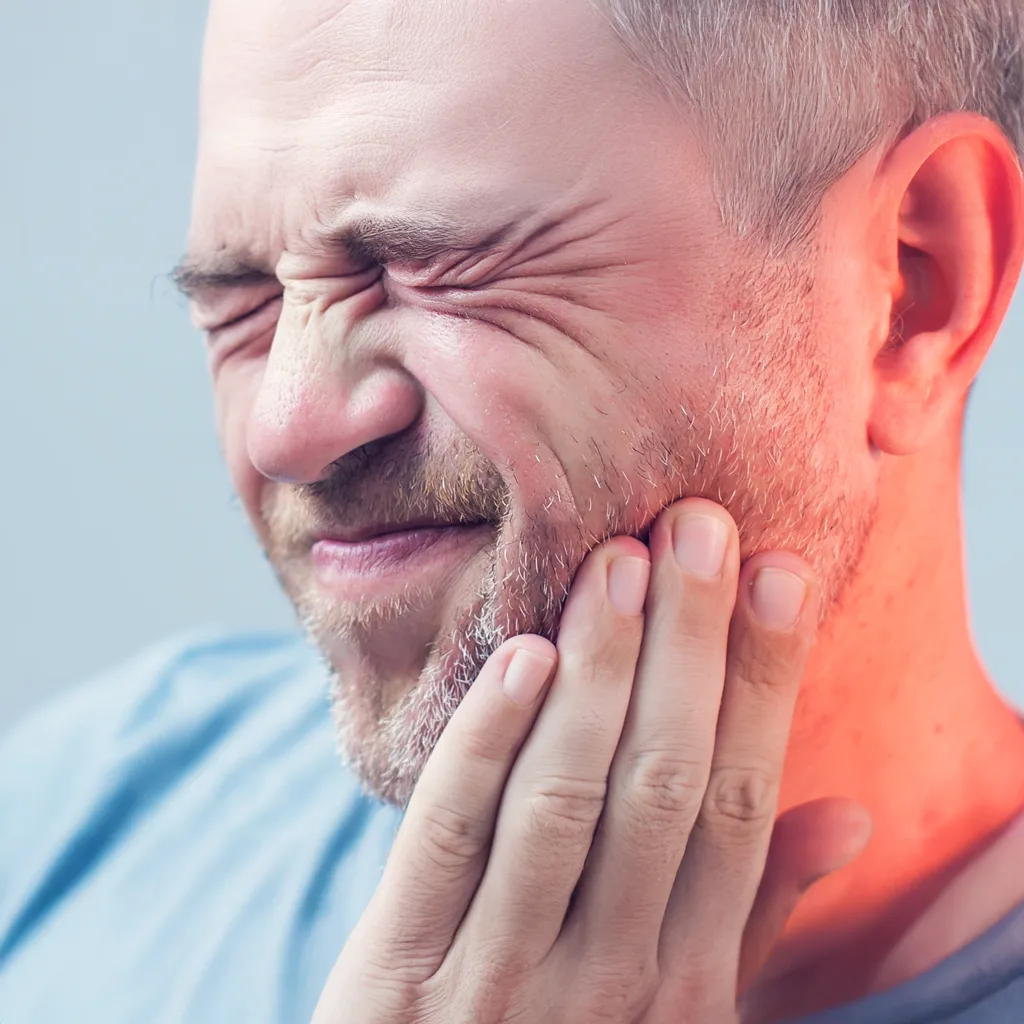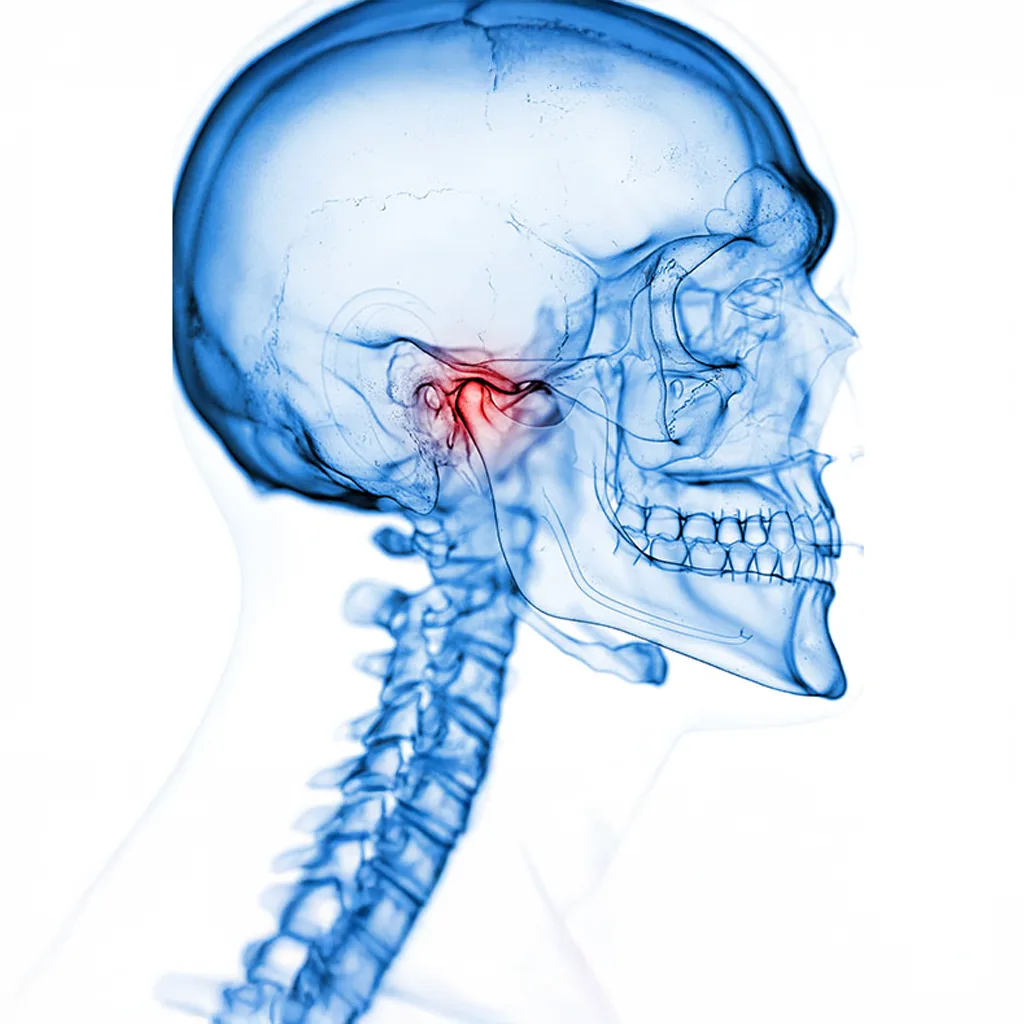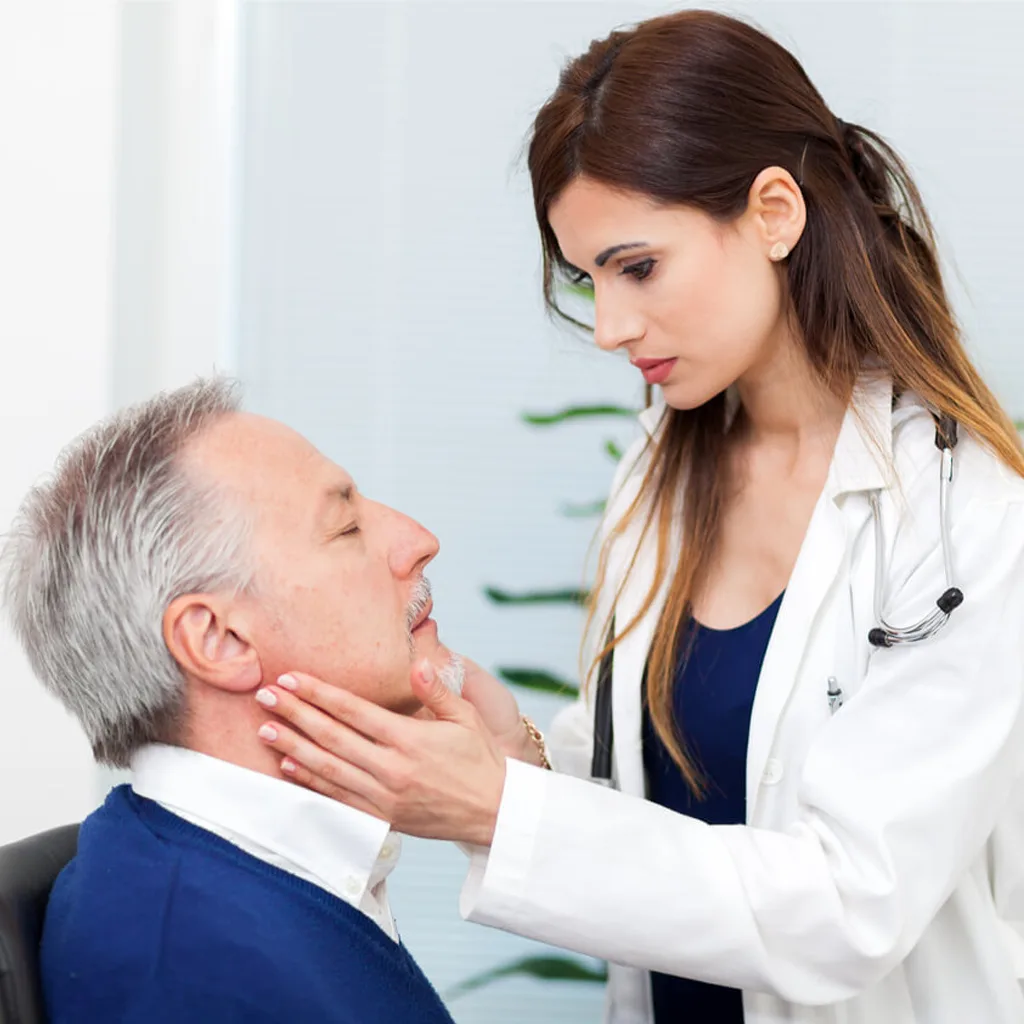
Understanding TMJ & TMD
What is TMJ/TMD?
Temporomandibular disorders (TMD) refer to conditions affecting the jaw joint (temporomandibular joint or TMJ) and the surrounding muscles. These disorders can cause pain, dysfunction, and discomfort in the jaw, face, and neck. The terms TMJ and TMD are often used interchangeably, though TMJ refers specifically to the joint itself, while TMD encompasses a broader range of disorders.
Prevalence of TMD
Studies indicate that 40–60% of the population experience symptoms of TMD at some point. However, only 10–15% require professional treatment.
TMD can be categorized into two main types:
- Arthrogenic TMD – Joint-related pain and dysfunction.
- Often accompanied by loud snoring and gasping for air during sleep.

Signs & Symptoms of TMD
OSA is classified based on the number of breathing interruptions per hour:
Pain:
- Dull, aching pain in the jaw, ear, face, and neck.
- Discomfort when chewing, speaking, or yawning.
Jaw Dysfunction:
- Clicking, popping, or grinding sounds when moving the jaw.
- Limited range of motion, difficulty opening or closing the mouth fully.
Headaches:
- Frequent headaches, particularly in the temporal region.
Additional Symptoms:
- Ear pain or a sensation of fullness in the ear.
- Neck and shoulder discomfort.
Types of TMJ Disorders:
If left untreated, OSA can contribute to serious health conditions such as:
Arthrogenic TMD (Joint-Related Disorders)
These conditions involve structural or functional issues within the jaw joint.
A. Internal Derangement (Disc Displacement)
Description:
Misalignment or displacement of the TMJ disc.
Causes:
- Trauma (falls, accidents, sports injuries).
- Developmental abnormalities.
B. Arthritis (Osteoarthritis or Rheumatoid Arthritis of the TMJ)
Inflammatory conditions that affect the joint, causing pain and stiffness.
C. Trauma-Induced TMJ Disorders
- Injury-related dysfunction due to accidents, falls, or physical trauma.
- More common in children due to increased physical activity.
D. Congenital & Developmental TMJ Disorders
Structural abnormalities such as underdevelopment (hypoplasia) or overdevelopment (hyperplasia) of the jaw joint.

Myogenic TMD (Muscle-Related Disorders)
Causes of Myogenic TMD:
- Muscle Overuse: Grinding, clenching, or poor posture.
- Muscle Injury: Trauma or strain.
- Trigger Points: Tight muscle fibers causing localized or referred pain.
- Stress & Tension: Unconscious jaw clenching or teeth grinding (bruxism).
Symptoms of Myogenic TMD:
- Aching or soreness in the jaw, face, or neck.
- Tenderness in specific areas (trigger points).
- Referred pain to the shoulders, ears, or temples.
- Restricted jaw movement due to muscle tightness.
Bruxism: Teeth Grinding & Clenching
Bruxism is an involuntary habit of grinding or clenching the teeth, leading to jaw pain, headaches, and tooth wear.
Types of Bruxism:
- Daytime Bruxism (Clenching): Often stress-related.
- Nighttime Bruxism (Nocturnal Grinding): A sleep-related disorder that may be linked to obstructive sleep apnea (OSA).
Since nighttime bruxism is associated with sleep disorders, assessing sleep history is recommended for proper diagnosis and treatment.
TMD & Comorbidities
TMD often coexists with other conditions, making diagnosis and treatment more complex.
Common Coexisting Conditions:
- TMD & Obstructive Sleep Apnea (OSA): Bruxism and altered jaw positioning are often linked to sleep-related breathing disorders.
- TMD & Headaches: Tension-type headaches frequently accompany TMD due to shared muscular and neurological pathways.
- TMD, OSA & Headaches Together: This combination may require a multidisciplinary approach for effective management.
Since comorbid cases tend to be chronic and harder to treat, comprehensive, personalized care is essential.

Treatment Options for TMD
Oral Appliances & Splints
- Custom occlusal splints help reduce teeth grinding and improve jaw positioning.
Medications
- Pain relievers & anti-inflammatories for pain and swelling.
Injections
- Trigger point injections to relieve muscle tension.
- Joint injections for inflammation and pain management.
Physical Therapy
- Stretching & strengthening exercises for jaw mobility.
- Massage therapy to relax tight muscles.
Behavioral & Stress Management
Relaxation techniques such as deep breathing and meditation to reduce clenching and muscle tension.
For complex or chronic cases, a multidisciplinary approach may be required, combining dental, medical, and physical therapy interventions.
Self-Care for TMJ Relief
In addition to professional treatments, practicing self-care can help manage TMJ discomfort and prevent worsening symptoms. Here are some simple but effective strategies:
- Gentle Jaw Massage – Helps relax tense muscles and improve circulation.
- Moist Heat Therapy – Applying a warm compress can reduce stiffness and pain.
- Stress Management – Techniques like deep breathing, meditation, and yoga can help reduce jaw clenching and tension
- Over-the-Counter Pain Relievers – Anti-inflammatory medications (e.g., ibuprofen) can provide temporary relief.
- Avoid Harmful Oral Habits:
- No nail-biting or chewing on pens, ice cubes, or other hard objects.
- Never open bottles or packaging with your teeth.
- Limit excessive gum chewing to avoid overworking jaw muscles.
